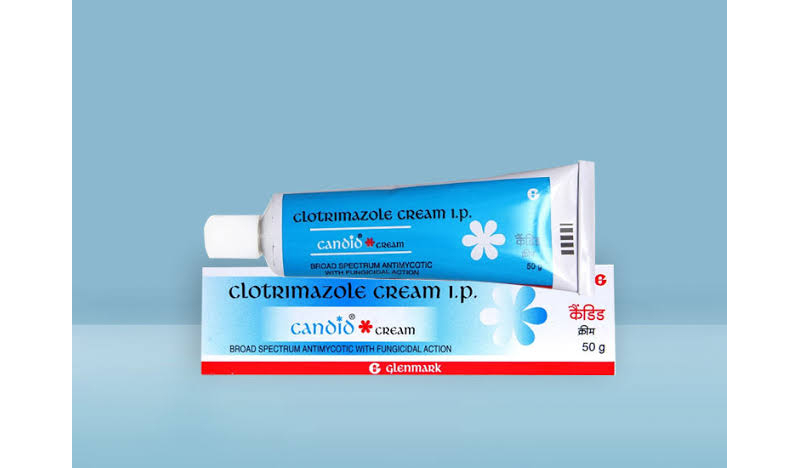
The versatility of Candid cream extends to various fungal ailments, including athlete’s foot, fungal nappy rash, ringworm, and thrush, making it a comprehensive solution for a range of skin issues.
Fungal skin infections are quite prevalent, especially during the peak summer & monsoon season. Fortunately, there are numerous medications available for these infections. One highly effective medicine is Candid cream. This topical cream falls under the category of antifungal medications known as imidazoles, primarily utilised for treating fungal skin infections. It contains clotrimazole, which functions by eradicating the fungus responsible for the infection. The cream disrupts the fungal cell membrane, leading to the leakage of its components, ultimately killing the fungus and resolving the infection. Read on to learn more about the uses and benefits of Candid cream.
Why is Candid Cream Prescribed?
Candid cream can help in treating a variety of skin problems, such as:
Candid cream can also be prescribed to treat other fungal skin infections like jock itch and fungal sweat rash.
How to Use Candid cream?
Candid cream is for external use only. To apply it effectively, take a small amount of it on your fingertip and apply a thin layer to the clean and dry affected area as instructed by your doctor. If your hands are not the affected area, then wash them thoroughly before and after applying the cream to prevent spreading the infection. Avoid getting the cream in your eyes or nose. If accidental contact occurs, then thoroughly rinse with water.
Candid Cream Side Effects
While Candid cream is generally considered safe for use, there is a possibility of experiencing some side effects. Common side effects may include:
Most of these side effects do not require medical attention and will subside as the body adjusts to the medication. However, if these signs aggravate or persistent for long time, then inform your doctor.
In rare cases, some individuals may experience a severe allergic reaction that requires immediate medical attention. Signs of such a reaction include:
If you experience any of these symptoms, then seek emergency medical assistance.
Precautions to Take While Using Candid cream
There are some things you should keep in mind to ensure the safe and effective use of Candid cream. These include:
Conclusion
Candid cream serves as an effective treatment option for fungal skin infections. By following proper usage instructions and precautionary measures, individuals can maximise the efficacy of Candid cream while minimising risks, allowing for safe and effective treatment of fungal skin conditions.
Liverpool, UK—House of Spells and Comic Con Liverpool are once again collaborating to bring the… Read More
Introduction In India's booming EdTech space, there's one name that's making waves among Telugu students… Read More
In litigation, often, the difference between winning and losing comes down to strategy. Although facts… Read More
Instagram creators now have a new tool to try if they're searching for a free… Read More
A free tool to help you boost local SEO and attract more clients is your… Read More
In today’s fast-paced digital world, online shopping has become more than just a convenience, it's… Read More